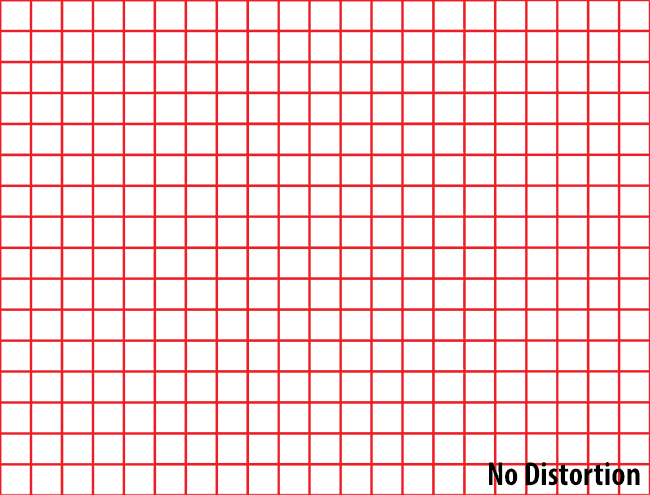
- CAMERA LENS DISTORTION NIKON HOW TO
- CAMERA LENS DISTORTION NIKON MANUAL
- CAMERA LENS DISTORTION NIKON PC
Interested in seeing a lens comparison? Read here! Wide-angle prime lenses such as a 20mm lens or zoom lenses like my Nikon 24-70mm shot at its wide end typically produce images with barrel distortion because they have a wide field of view. The two most common types of lens distortion are barrel distortion and pincushion distortion.īarrel distortion is where straight lines bend outward from the center of the image. In a nutshell, it’s when a lens produces curved lines where straight lines should be. Thank you for supporting Click it Up a Notch.
CAMERA LENS DISTORTION NIKON HOW TO
Today I’ll explain what distortion is, why it’s good or bad, and how to correct it in post processing if needed. It can make or break our images as artists, depending on the look and feel we are trying to achieve. Side note a 35mm is going to be your best lens to have to be able to fit more in the frame without lens distortion. Different lenses cause this distortion to try to be able to fit more in the frame. Lens distortion is an important factor to be aware of in the photography world. The good news is it’s usually fixable in post processing and can even be desirable! And no matter how expensive your lens, all have some distortion. eBay is not affiliated with or endorsed by Nikon.Ever wondered why your subjects look disproportioned in certain images compared to real life? Or why buildings look like they are tipping? Chances are it’s due to lens distortion. Content provided for informational purposes only.
CAMERA LENS DISTORTION NIKON MANUAL
The manual adjustments can create miniature effects and enhance many types of photographs. The photographer can use tilt or shift separately or combine them for creative photography.
CAMERA LENS DISTORTION NIKON PC
Autofocus systems do not work with the bias that PC lenses add to the focusing sensors. The visual correction that occurs with tilt-shift adjustment requires manual focus. Do tilt-shift lenses work with autofocus? The tilt-shift feature enhances landscape photographs and is a useful feature for architectural photography.

The adjustment corrects distortion, and it also increases the depth of field when using a wide aperture setting. The photographer can control the angle of the photograph by shifting to the left and right or tilting up and down. The PC focusing settings let the photographer manually change the angle between the focal plane and the focusing sensors. What are the advantages of PC technology? The shift expands the focus circle outward towards the edges so that the ends of the image do not fade out of focus or seem farther away than they should. The tilt changes the perspective of the top and bottom of the image so that the top no longer seems farther away. The PC technology changes the angle between the lens and focus plane so that the focusing system can overcome the photographic bias of distance, light, and shadow. This type of lens can tilt up or down and shift from left to right. How does a PC lens work?Ī PC makes an adjustment between the lens and the focus sensor to account for distortion. It is a common phenomenon when using simple cameras and regular focusing. This is the classic photographic distortion effect. If the bottom and top of a building are the same distance from the sensors, then the system portrays the top of the building as being farther away. Camera lenses register distance like the human eye. This distortion occurs if the camera is not perfectly level.

The keystone effect in photos occurs when parallel lines seem to converge rather than stay apart.

The tilt-shift movement enlarges the focus area, extending it out to the edges of the photo. These lenses add tilt and shift to the focus position settings. The PC can correct that distortion and provide clarity and depth of field. A camera is like the human eye in terms of visual perspective and can make things look closer or farther away than they actually are. Nikon uses the PC label to describe their line of tilt-shift lenses. Nikon Perspective Control, or PC, lenses correct distortion, and they increase the sharp focus area of photos outward to the edges. They depict distorted distances and make parallel lines seem to connect. Photographs display images similar to those seen by the human eye.


 0 kommentar(er)
0 kommentar(er)
